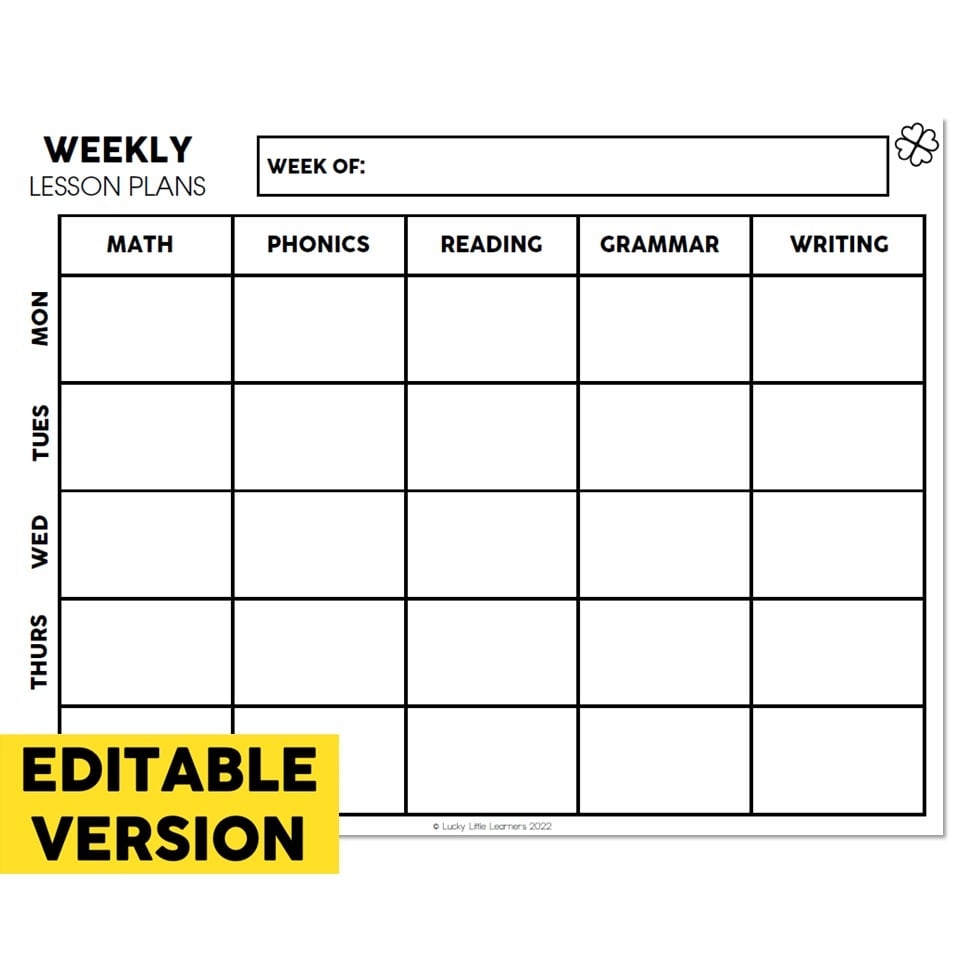Phonics is a crucial component of early literacy instruction, as it helps students learn how sounds relate to letters and how to decode words. Creating a well-structured phonics lesson plan is essential for effectively teaching these foundational skills to young learners.
When designing a phonics lesson plan, it is important to consider the age and ability level of your students, as well as the specific phonics skills you will be focusing on. A well-designed lesson plan will include a variety of activities and strategies to engage students and help them master phonics concepts.
Sample Phonics Lesson Plan Template:
1. Introduction (5 minutes): Begin the lesson by reviewing previously learned phonics skills and introducing the new skill or concept you will be focusing on.
2. Phonics Mini-Lesson (10 minutes): Teach the new phonics skill, using a combination of direct instruction, modeling, and guided practice. Provide opportunities for students to practice the skill independently.
3. Phonics Activities (15 minutes): Engage students in hands-on activities such as word sorts, phonics games, or interactive worksheets to reinforce the new skill. Provide support and feedback as needed.
4. Guided Reading (10 minutes): Have students practice applying the new phonics skill in the context of a text. Provide guidance and support as they read and decode words.
5. Closing (5 minutes): Review the key concepts covered in the lesson and provide students with an opportunity to ask questions or share their thoughts. Assign any relevant homework or practice activities.
In conclusion, a well-structured phonics lesson plan is essential for effectively teaching phonics skills to young learners. By incorporating a variety of activities and strategies, you can help students develop strong phonics skills and improve their reading abilities.
